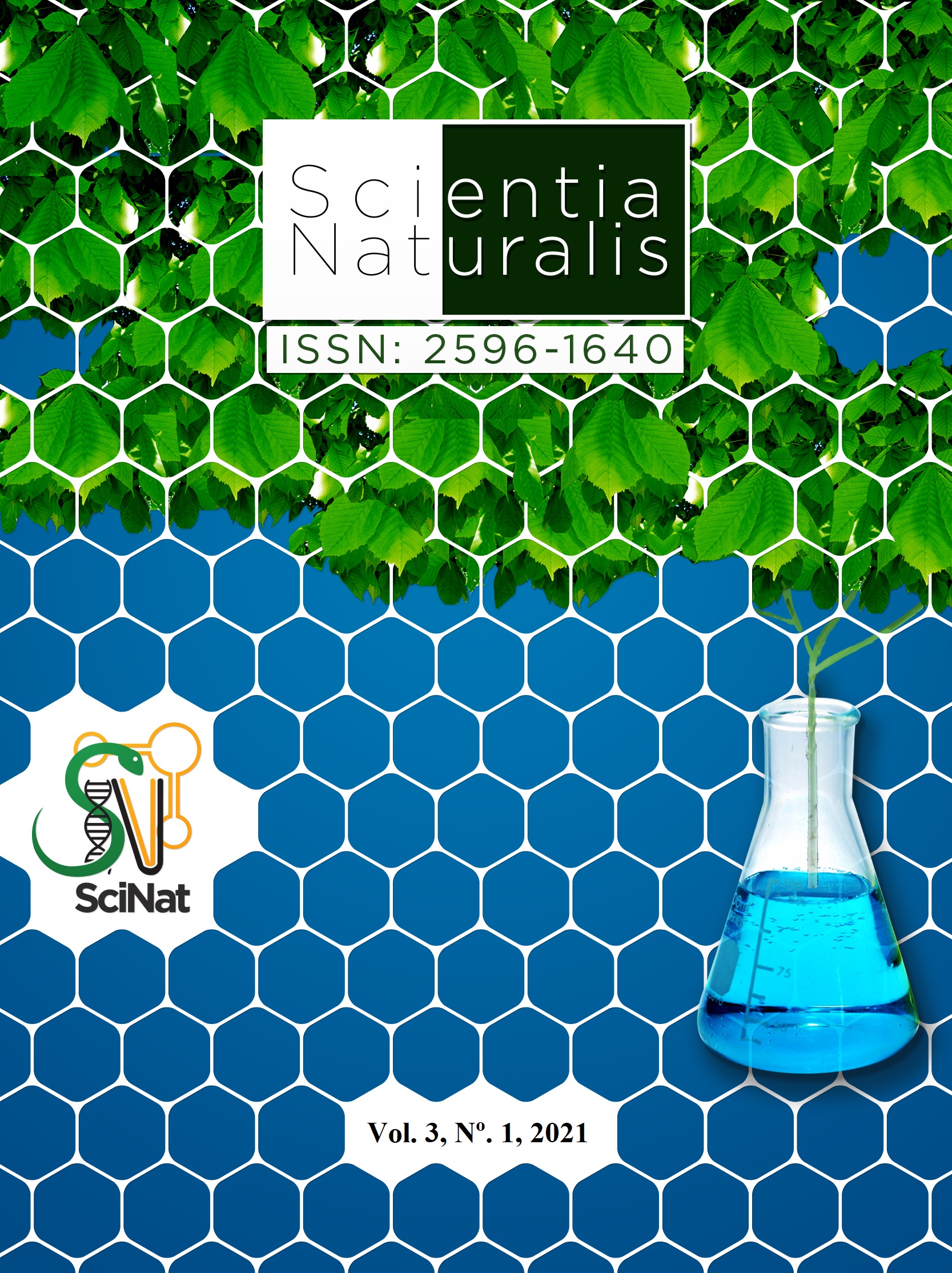Anthelmintic activity of the ethanolic extract of the leaves of Arrabidae chica on eggs and larvae of gastrointestinal nematodes in sheep
DOI:
https://doi.org/10.29327/269504.3.1-16Abstract
The indiscriminate use of antiparasitic products in sheep and goat animal production has selected resistant parasites that continue to cause harm to this economic purpose. In popular medicine, Arrabidae chica is used as an anti-inflammatory, healing, antianemic and helps in the treatment of cancer. This variety of classes of secondary metabolites present in the plant proves the scientific interest in its use for other purposes. The objective of the present study was to test the efficacy of the plant's ethanolic extract on the hatching of helminth eggs found in naturally infected and untreated sheep faeces. The sample of the plant used in the study was collected from the urban region of the city of Rio Branco-Acre and processed to obtain the ethanolic extract, the biological samples of parasitized animals were collected in the Annasara Refrigerator. For the antiparasitic evaluation, two mls were used at doses CL50% (339ug / ml) and CL100% (678ug / ml) and added in the faeces (2g) of naturally parasitized animals. The dose was determined from the toxicity test with Artemia salina. The effectiveness of the Arrabidade chica plant was unsatisfactory for the treatment of gatrterestinal nematode eggs and larvae of sheep, as the overall rate of effectiveness was below 1%. In the identification of the genera of gastrointestinal nematodes of sheep, through coproculture, it was identified the predominance of the genus Haemonchus sp. (96.1%), followed by Oesophagostomum sp. (3.2%) and Trichostrongylus sp. (0.66%) in all treated groups and in the control group. Therefore new doses should be tested to ascertain their role in antiparasitic activity.




